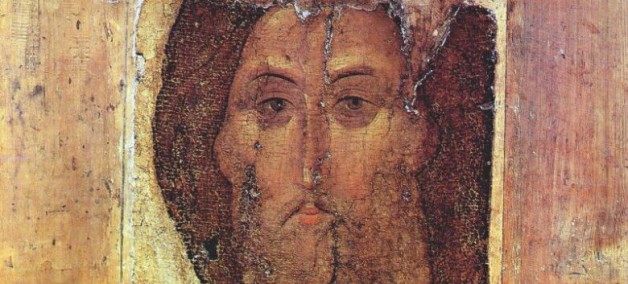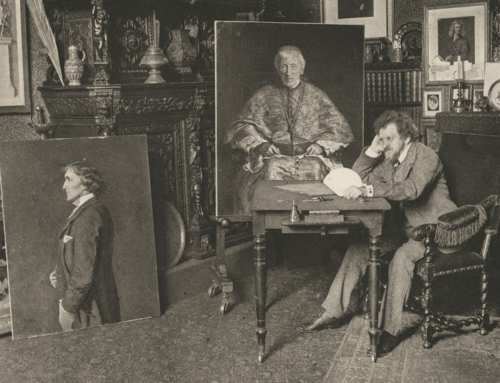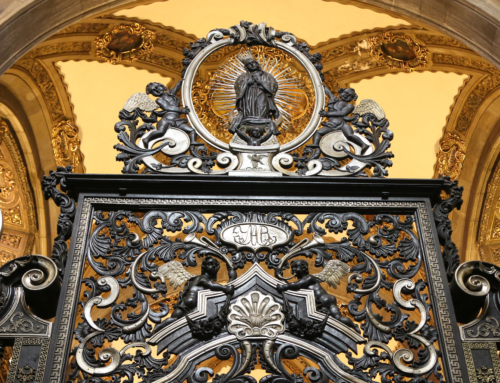The content of the Gospel is simple, but it is difficult to express simply. Consider the rare eloquence of a crucifix, or the unsurpassable summaries of the faith in Scripture: e.g., “God is love” (1 Jn 4:16). Akin to these condensations is a little book by St. Athanasius called On the Incarnation. Before reading the book as an undergraduate, I had never seen the whole account of Christianity so plainly and appealingly set out.
Athanasius begins in the beginning. God created the world out of nothing, and he created it through the Word—that is, the second person of the Trinity, who is called the Image of the Father. When God created human beings, he distinguished them from the other animals by creating them “in the image of God.” What this phrase means, says Athanasius, is that God gave human beings an intimate knowledge of himself, such that they bore his image in their very selves, as a mirror reflects a face. God communicated himself to human beings and thereby gave them a share in his eternity.
But human beings were capable of turning away. This possibility God signaled by a prohibition: “ . . . but of the tree of the knowledge of good and evil ye shall not eat, but in the day that ye do eat, ye shall surely die” (Gn 2:17). Yet eat they did. Athanasius describes the consequence:
. . . as they had at the beginning come into being out of non-existence, so were they now on the way to returning, through corruption, to non-existence again. The presence and love of the Word had called them into being; inevitably, therefore, when they lost the knowledge of God, they lost existence with it; for it is God alone Who exists; evil is non-being, the negation and antithesis of good.
The corruption of human beings, however, presented, as it were, a problem for God—what the translator calls “the divine dilemma.” On the one hand, it would seem an affront to God’s dignity that his work should be undone. And it would seem unworthy of his goodness to let the creature he created in his image come to nothing. On the other hand, how could God go back on his word? He had warned that they would die. Would it not be an even greater indignity for God to be made a liar?
Enter the Word Incarnate. By dying in the flesh, he followed the divine dictate, “Ye shall surely die.” But by virtue of the plenitude of his divinity, death could not hold him. And because all human beings share the same human nature, all mankind was involved in his resurrection, and his eternity was again made accessible to all. Now, through faith in the Incarnate Word, human beings can recover the fullness of the image in which they were made. Athanasius draws an analogy with portraiture:
You know what happens when a portrait that has been painted on a panel becomes obliterated through external stains. The artist does not throw away the panel, but the subject of the portrait has to come and sit for it again, and then the likeness is re-drawn on the same material. Even so was it with the All-holy Son of God. He, the Image of the Father, came and dwelt in our midst, in order that he might renew mankind made after Himself.
The Son of God came to sit for his portrait. He came to be looked at and studied, to occupy our gaze. Thus we may come to know him and, in coming to know him, be redrawn ourselves.
✠
Image: Andrei Rublev, Christ Pantokrator







